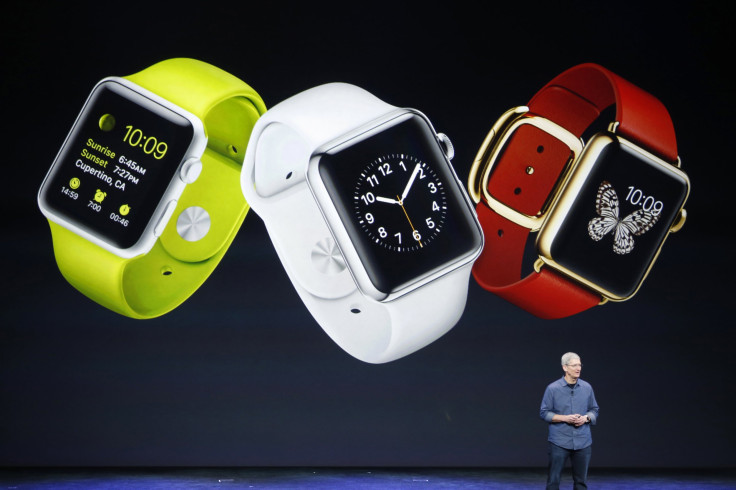Apple Watch 3 won’t sport new look; New features need robust battery

The Apple Watch 3 is expected to include smartphone-like features when it launches next month alongside the iPhone 8. What is unlikely, however, is the next gen smartwatch sporting a new form factor. At least that’s what a reliable insider believes.
KGI Securities analyst Ming-Chi Kuo on Monday said that the Apple Watch 3 will rely on its LTE connectivity to sell well. Unfortunately, the upcoming smartwatch will not come with an all-new look like what fans expect and recent reports have mentioned.
Just like the iPad, the new Apple wearable will come in LTE and non-LTE variants, but will keep its current case sizes at 38 mm and 42 mm. Telco titans in the US are also reportedly set to sell the next Apple Watch with wireless plans similar to those of the iPad – including AT&T, Sprint, T-Mobile and Verizon. According to Kuo, there could be between eight and nine million units of the new smart wearable shipped in the second half of this year.
The analyst likewise believes that about 35 percent to 40 percent of the shipments will be made up of the LTE variant. About 17.5 million to 18 million total unit shipments are projected for 2017, which is up 70 percent year-over-year. Despite the expected lack of a contemporary design, Kuo thinks that the California-based tech behemoth should have its smartwatch undergo a major form factor change – besides 5G commercialisation and additional FDA-approved medical and health apps – to have a significant growth impact.
Previous reports indicate that Apple’s next smartwatch will come with its own cellular connection. The feature will allow users to make phone calls, send text messages, surf the web and stream music without the need of an iPhone. Standalone capabilities on a wearable, however, mean that the device will need a robust battery to power itself for an extended amount of time. If the Mac maker indeed comes up with a more-than-reliable cell for the Apple Watch 3, expect the product to reach new heights.
“It is a win-win for Apple as it will drive up the average selling price of the device because they will be more expensive,” research director of devices and ecosystems at Counterpoint Research Neil Shah told CNBC. “It will cater to the niche market of health and fitness users who don’t want to carry their iPhone when they go for a run. It will also be good for enterprise use cases.”




















